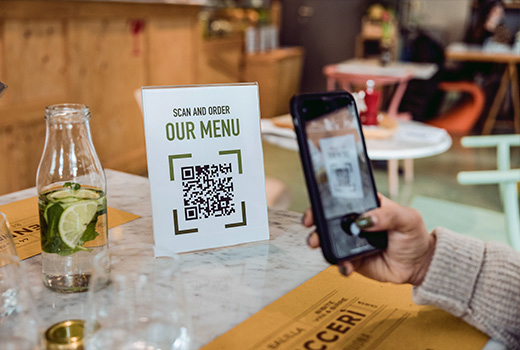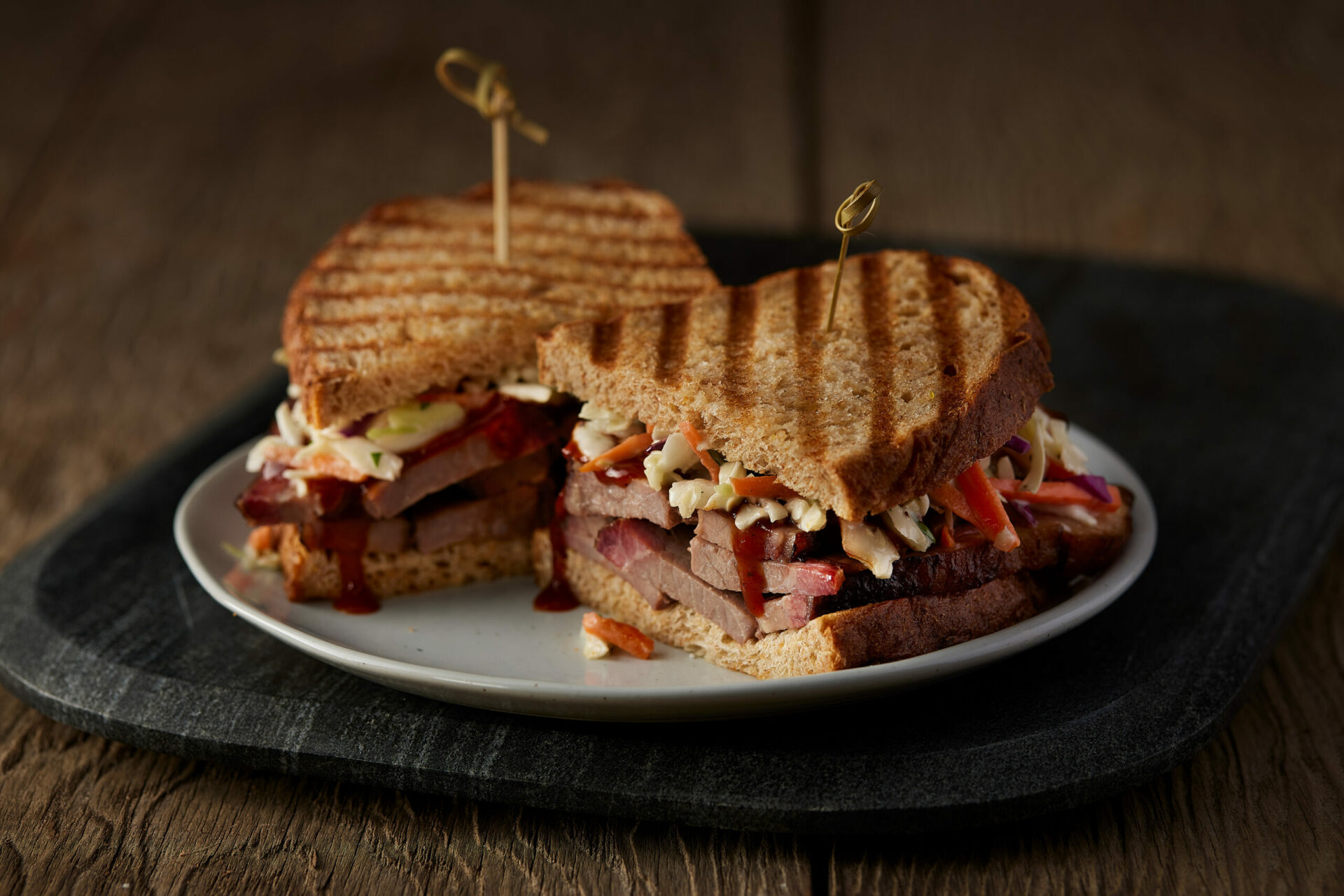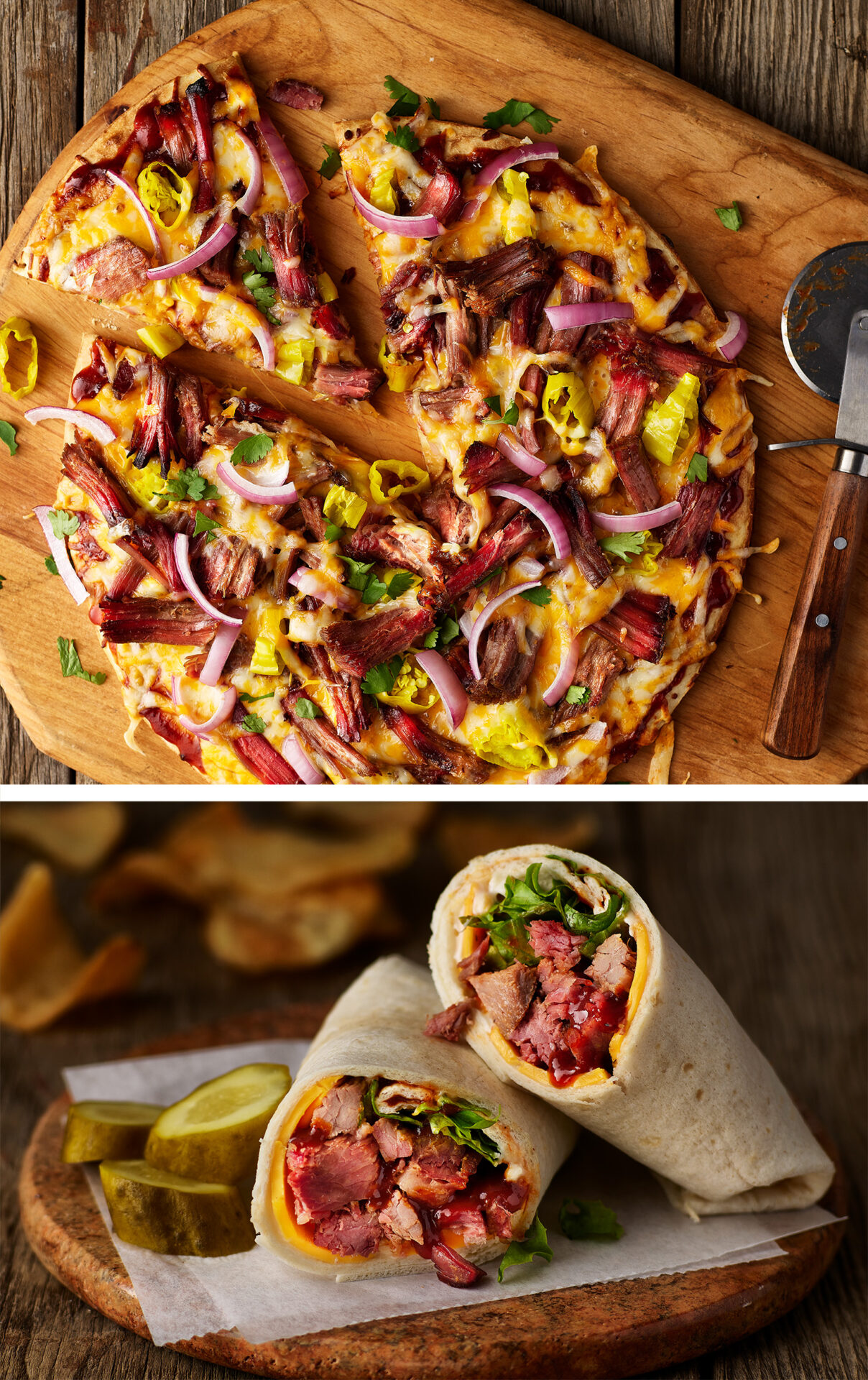Meeting the Deepening Desire for Mexican Dishes

The Evolution of Mexican Cuisine on U.S. Menus and its Continued Rise in Popularity
Mexican food and flavors have been in demand for quite some time now. That’s no secret. But what’s astonishing is the continued popularity and growth that seems to have no end in sight. Currently, American diners are seeking out this global food at staggering numbers, but they’re expecting new, novel and innovative versions on menus. So, we dug deeper into the trends to understand what’s driving this sustained growth, the newest flavors that are garnering attention and how restaurants can take advantage of the ravenous consumer craving for Mexican cuisine.


Mexican food is currently the third most popular cuisine in the U.S., behind only American and Pizza/Italian. In fact, there are more than 80,000 Mexican restaurants, accounting for 9.4% of total U.S. restaurants.1 Further, a recent study showed that Mexican food is fast becoming the most preferred food among younger generations, especially Millennials and Gen Z,2 and if forced to choose a single cuisine style for the rest of their lives, it would be Mexican!1

Diving deeper into the trends, web searches for nearby Mexican restaurants, Mexican food trucks and Mexican food styles have increased steadily and, in some cases, spiked astronomically. During the pandemic, for instance, searches for “birria” skyrocketed from near nothing to peak levels nearly overnight.3

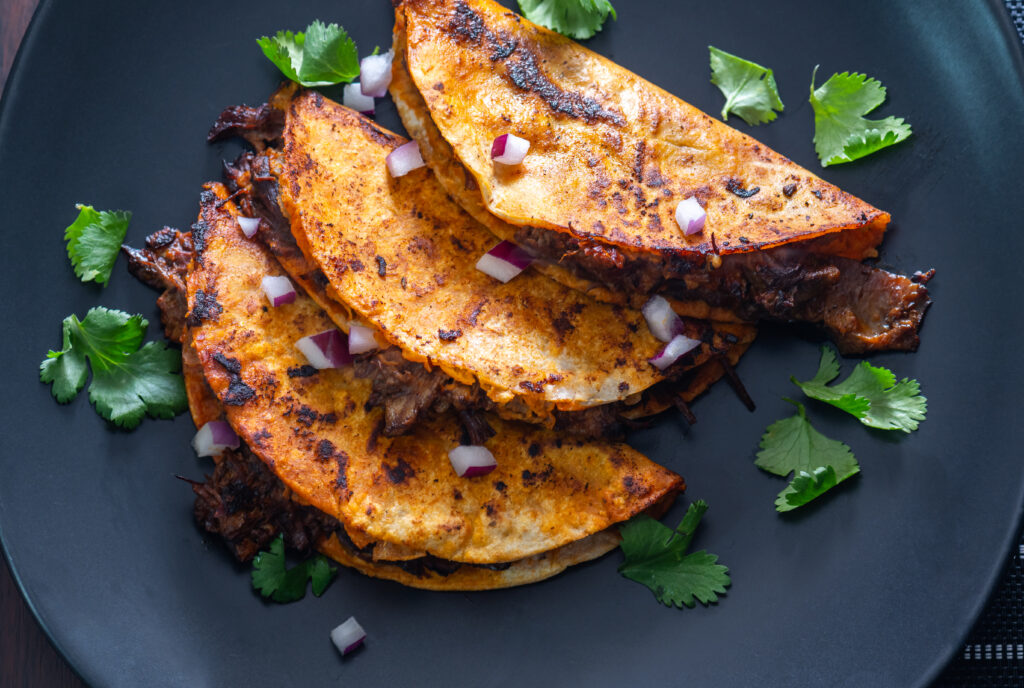
While traditional offerings like tacos will seemingly always have a special place in the hearts and taste buds of diners, there is a desire for new and exciting flavors from the Mexican food realm. One of the current trendsetters is birria. This marinated dish is often served as a stew or soup, or in quesadillas. The National Restaurant Association recently named World Stage Soups and Stews as the #1 overall food trend, specifically calling out birria as a part of its increased popularity, as well as ranking the spicy, smoky, sweet meat as a top three trending ingredient for elevating tacos, sandwiches, poutines, nachos, pasta and more.4
Other Mexican-rooted trends include:4
- Agave syrup was named as one of 5 “top flavors.”
- Mexican seasoning mixes, like those made from salt, dehydrated lime juice, chile peppers and garlic, were named as 1 of 3 “top condiments” and is expected to join the likes of sriracha in terms of widespread kitchen use.
- Tepache, a fermented beverage made from the peel and rind of pineapples, sweetened with piloncillo or brown sugar, seasoned with chili powder and served cold, was named as 1 of 3 Emerging Beverages (NA).
- Sotol, a distilled spirit sourced from Dasylirion plants (a succulent in the asparagus family) from the Chihuahuan desert in northern Mexico and western Texas, was named as 1 of 3 Emerging Alcoholic Beverages.

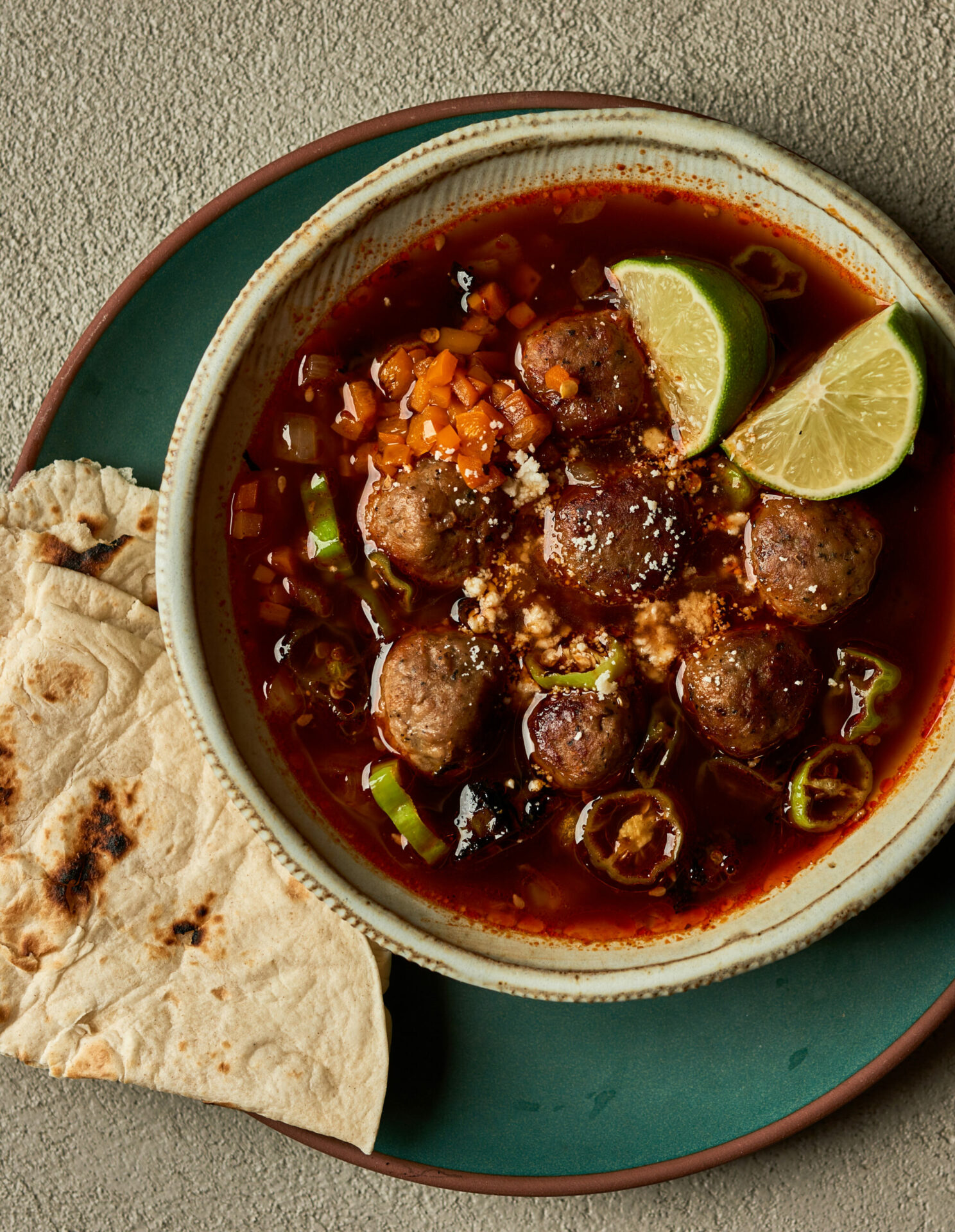
As the evolution continues, what direction will Mexican food go next? For starters, complex heat and global peppers are gaining steam. Scorpion peppers, Guajillo and Hungarian Goathorn peppers are increasing in popularity.5 Backing that up, the trends are showing diners moving away from sweeter items in favor of bolder, spicier tastes and unexpected flavor pairings such as sour and umami, sweet and bitter, and spicy and sour.6 Cross-cultural fusion dishes are on the uptick once again,7 with heat and depth being utilized to create multi-dimensional dishes that broaden culinary experiences.8 And the versatile tomato will enjoy more love this year as a key element in trending dishes such as global, tomato-based sauces and dips such as Mayan sikil pak.9

What are some ways you can add these flavors to your menu? Soups and stews are a fantastic starting point. They allow diners to experience new ingredients and unique flavors in an economically friendly dish.4 Another way is to twist tradition, taking familiar dishes and reimagining them with invigorating new flavors8 (how about Mexican-inspired meatballs?). As noted earlier, fusion-style applications are an ideal way to mesh cultural favorites, opening up a new array of global culinary opportunities.8 And don’t forget to highlight the ingredient varieties and source locations to give a sense of story, interest and transparency to your menu.10
WHERE WE COME IN
We’re not masters of making Mexican meals. But we do feature an array of Mexican-inspired meats in our portfolio. Further, we know plenty about helping operators create attention-getting menu items that diners find irresistible.
All of our premium offerings are fully cooked and meticulously crafted. Whether it’s succulent, sous vide-style meats, Texas-style pit-smoked barbeque or flavorful toppings that steal the show, we’re here to help you build an innovative menu that impresses and brings diners back.
If you’d like to see how Heritage Premium Meats can take your menu to new heights without adding complexities, please get in touch.
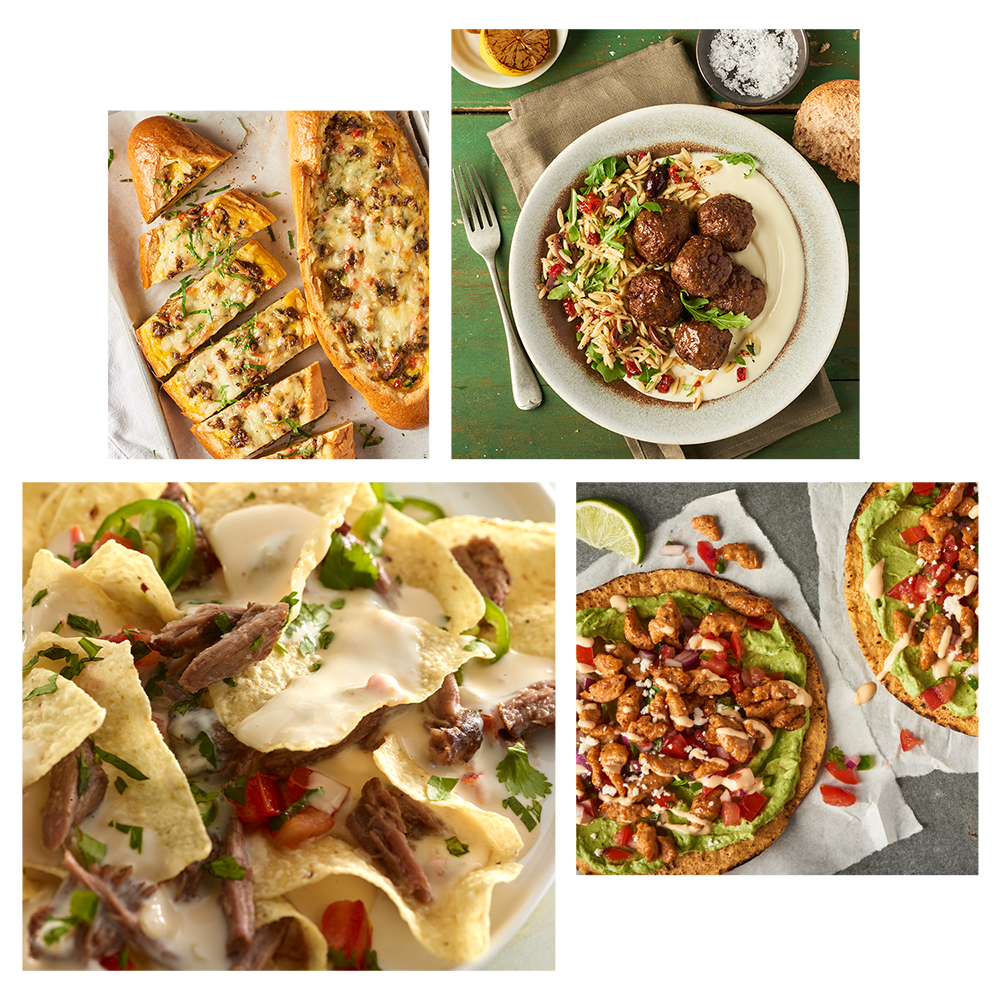
Who is Heritage Premium Meats?
Born to three legacy brands (BURKE®, DAN’S PRIZE® and SADLER’S SMOKEHOUSE® brands), Heritage Premium Meats is a distinguished collective built on listening, collaborating and sharing ideas that solve real business problems. We offer authentically crafted protein solutions that are rooted in tradition and ready for the future.
For you, that means getting exactly what you need, just the way you want it. Whether it’s a private label product or flavor that’s uniquely yours, you can let your imagination lead the way when you partner with us. Because together, anything is possible.
1 Datassential, 2023.
2 NBC News, 2023.
3 Google Trends, 2024
4 NRA, “What’s Hot 2024” Report.
5 Whole Foods Market’s 2024 Top 10 Food Trend Predictions.
6 IFT 2023, “Outlook 2024: Flavor Trends.”
7 Restaurant Business 2023, “Fusion is no longer a dirty word.”
8 T. Hasegawa Top Flavor Trends 2024.
9 Technomic What’s Hot 2024.
10 Technomic 2023, “2024 US Trends.”
